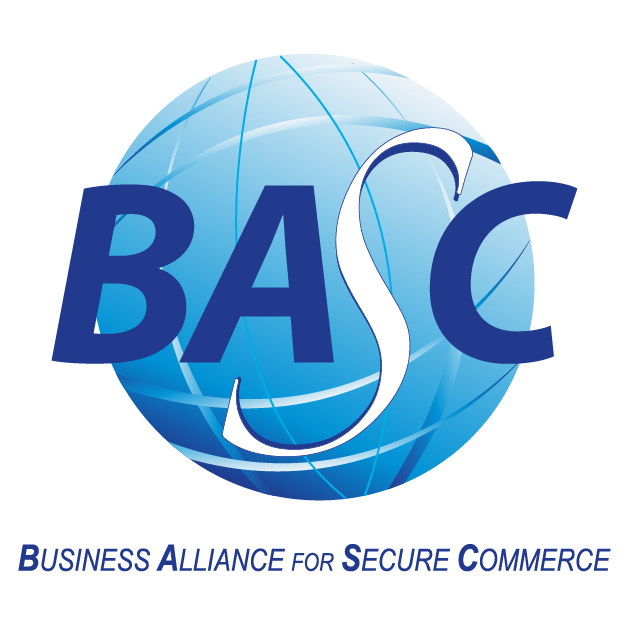Technology Exports in Colombia

Technology exports in Colombia have grown steadily in recent years. This sector has become crucial for economic development and the country’s connection with international markets. Figures show a significant increase in the export of technological services, positioning Colombia as a competitor in the digital industry. This article will address the current context, the main markets, and the challenges faced by the industry.
Current Context of the Technology Sector in Colombia
The technology sector in Colombia has shown significant growth in recent years, becoming an essential component of the country’s economy. Technology exports have increased, driven by the growing global demand for digital services.
Evolution of Technology Exports
In the last decade, technology exports in Colombia have seen a notable increase. From 2013 to 2023, figures steadily rose from USD $499 million to more than USD $1.389 billion. This growth reflects the consolidation of the sector in the international market and its ability to adapt to global trends. The growth of IT service exports has been one of the most prominent aspects, with a growing share in the country’s trade transactions. This evolution has been driven by favorable government policies and greater investment in technological infrastructure.
Impact of the Sector on the National Economy
The technology sector has not only grown in numbers but has also had a significant impact on the Colombian economy. Currently, it represents around 9% of the country’s total exports. This growth has contributed to job creation, the establishment of innovative companies, and increased national competitiveness at the international level.
IT services, which account for 76% of digital exports, are a key driver that has allowed the economy to diversify and reduce dependence on traditional sectors. The sector’s evolution has enabled many Colombian companies to access global markets, promoting the country’s image as a technology leader in Latin America.
The Role of Fedesoft in Technological Growth
The Colombian Federation of Software and IT (Fedesoft) has played a fundamental role in boosting the technology sector in Colombia. Through support, training, and promotion initiatives, Fedesoft has facilitated the development of technology companies and promoted the export of IT services.
The organization has worked on creating a favorable environment for innovation and entrepreneurship, collaborating with government entities and other sector players. This has strengthened collaboration networks and opened opportunities in international markets.
Main Export Markets
Technology exports are strongly connected with different international markets. Colombia has managed to position itself in several of them, developing strategies that enhance its presence and competitiveness worldwide.
The United States as a Key Destination
The United States stands as the main receiving market for Colombian technology exports. This country represents almost 50% of the sector’s total exports, underlining the importance of the commercial relationship. Colombian companies have found a niche in offering software services and IT solutions, responding to the high demands of the U.S. market. Cultural proximity and the presence of Colombian diasporas have facilitated this connection.
Opportunities in Other Latin American Countries
The Latin American continent offers various opportunities for Colombia’s technology exports. Countries such as Ecuador and Peru are among the main destinations, with shares close to 20% and 10% respectively.
- Ecuador: Presents a growing market that increasingly values digital technologies, representing fertile ground for technological collaborations.
- Peru: With its range of digital transformation projects, it is a strategic ally for the exchange of technological services.
Additionally, opening markets in other nations in the region is essential to diversify risks and achieve sustainable growth.
Strategies to Diversify Markets
To make the most of foreign opportunities, Colombian technology companies must implement robust strategies that allow them to diversify their markets. Below are some key tactics:
- Investment in market research to identify new trends and potential clients.
- Establishing strategic alliances with local companies in destination countries, facilitating entry and market adaptation.
- Active participation in international fairs and events to showcase services and strengthen networking.
Market diversification not only helps minimize risks but also opens the door to new growth opportunities for the Colombian technology industry.
Exported Technology Products and Services
The export of technology products and services has become a fundamental pillar of the Colombian economy. This sector covers a wide range of solutions that meet global market needs.
Software and IT Solutions
Colombia has significantly increased its software exports. Colombian companies offer various solutions, including:
- Custom software development for specific industries.
- Mobile applications providing innovative services.
- Digital platforms that optimize business processes.
This growth is driven by high-quality software creation and the ability to adapt to international client demands. Local companies are gaining recognition abroad, which translates into greater business opportunities.

IT Services and Their Global Demand
Information technology (IT) services have seen a surge in global demand. This trend is driven by factors such as digital transformation and the need to optimize business management. Within this framework, the most offered services include:
- Technology consulting for IT solutions implementation
- Technical support and systems maintenance
- Cybersecurity services to protect sensitive data
The diversification of service offerings allows Colombian companies to compete effectively in the international market, adapting to innovations and global requirements.
Colombian Innovation and Technological Development
Innovation has become a key driver of Colombia’s technology exports. Companies are increasingly focused on developing products that incorporate emerging technologies such as artificial intelligence and the Internet of Things (IoT). Notable aspects include:
- Research and development (R&D) initiatives that foster the creation of innovative solutions
- Collaboration with universities and institutions to enhance talent
- Leadership in developing e-commerce and fintech platforms
This innovation focus not only improves competitiveness but also positions the country as a regional technology benchmark.
Challenges Facing the Industry
Despite its growth, Colombia’s technology industry faces several challenges that limit its potential. These obstacles range from competitiveness issues to an inadequate regulatory framework. The main hurdles include:
Competitiveness and Export Dynamism
- The need for constant innovation in products and services
- Competitive pressure from countries with strong technology industries
- Slowdowns in certain areas of the sector, which can affect Colombia’s image as an attractive destination for tech investment
Regulatory and Bureaucratic Barriers
- Complex regulations that hinder internationalization
- A regulatory framework that changes frequently, creating uncertainty
- Bureaucracy that can slow decision-making and the creation of new companies
Simplifying procedures and building a more favorable regulatory environment are essential for growth.
The Need for Specialized Talent
- Shortage of trained professionals in AI, big data, and cybersecurity
- Insufficient training programs aligning higher education with labor-market needs
- Limited initiatives to attract and retain local and foreign talent
Expanding integrated and accessible training programs is crucial to close the skills gap and strengthen sector capacity.
Opportunities for Growth and Development
Colombia’s technology sector has multiple opportunities to increase its economic impact—from attracting foreign investment to implementing supportive public policies.
Strengthening Foreign Direct Investment
- Foster an attractive environment for multinationals
- Create tax incentives that stimulate technology investment
- Establish technology free-trade zones for goods importation
Strategic alliances can facilitate knowledge exchange and technology transfer.
Government Support and Public Policies
- Financing programs for technology startups
- Public-private agreements to improve technological infrastructure
- Promotion of tech-focused incubators and accelerators
Digital Transformation and Emerging Sectors
- Invest in training for new digital skills
- Promote R&D in disruptive technologies
- Explore collaboration between tech companies and traditional industries
Internationalization Strategies for Colombian Companies
Colombian tech companies need to internationalize to scale operations and reach new markets. Effective strategies include:
Training and Business Education
- Develop skills in foreign trade and international negotiation
- Train on cultural and business aspects of target markets
- Strengthen language skills—especially English—for partner and client communication
Workshops and mentorships help teams adapt to international market demands.
Participation in International Fairs and Events
- Showcase products and services to a global audience
- Build relationships with potential clients, partners, and distributors
- Track industry trends and competitors
Strengthening Networks and Business Alliances
- Identify strategic partners in foreign markets
- Collaborate with educational and research institutions to foster innovation
- Engage with chambers of commerce and business associations for collaboration platforms
Alliances open doors to new markets, enable knowledge sharing, and boost global competitiveness.






